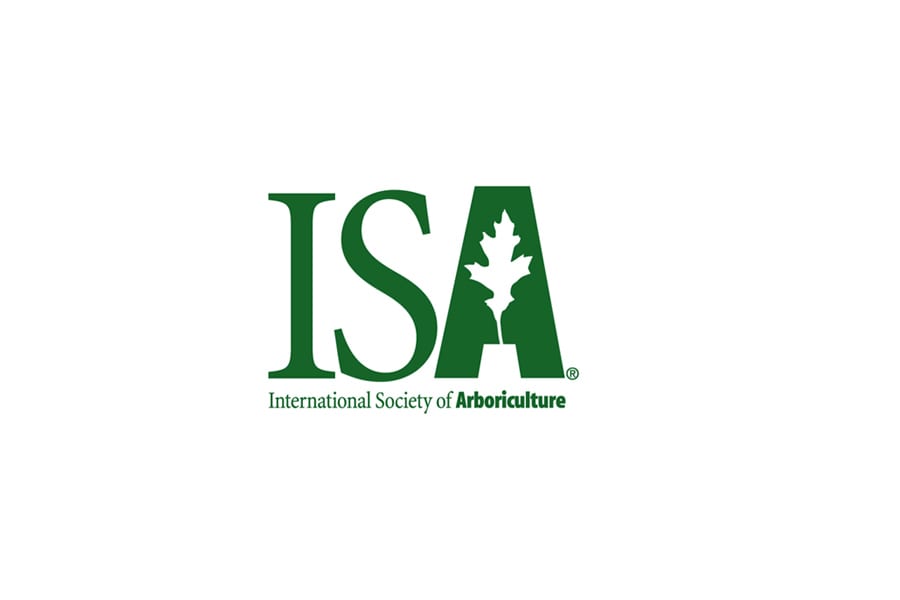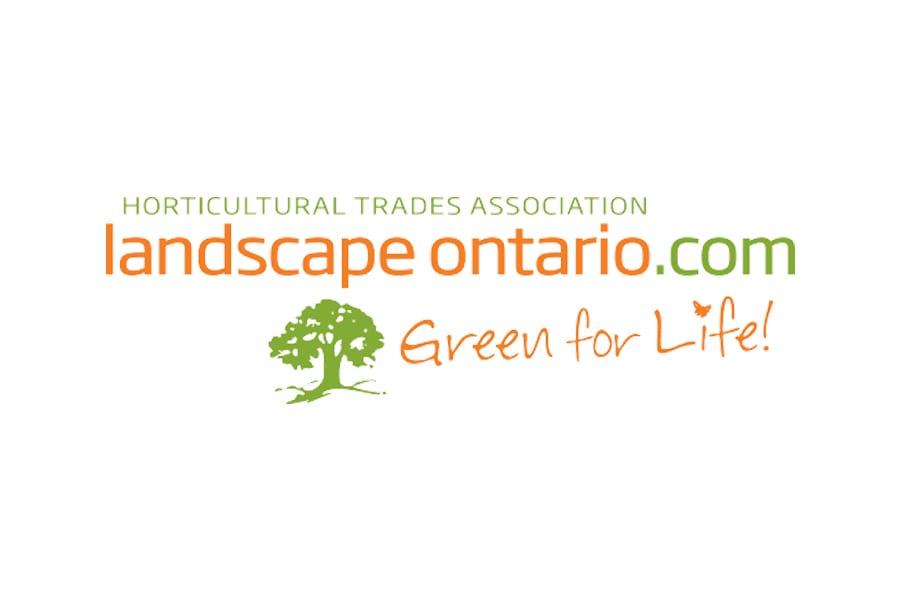
- Mar 10, 2015
- Dreamworks Tree Services
- Complete Tree Services
- 0 Comments
What To Do if Your Tree is Dying
Tree Care Measures to Avert or Treat the Signs and Symptoms of a Dying Tree
Unlike people or pets, a tree is incapable of vocalizing or verbalizing any feelings when it is in pain or distress. But a tree is a living entity, and as such, is subject to health issues that, without the proper care, could result in unwanted and unfortunate outcomes.
Although it is unable to communicate in a spoken language, a tree can still ‘tell’ property owners and professional arborists when it is feeling ill or in essence dying. While such situations may be the result of inadequate care by the property owner or perhaps an act of nature, the alternatives in any event are well-defined:
- The tree will eventually/ultimately need to be removed, or
- Effort and expense must be invested to try and save the tree
To the experienced eyes of arborists, there are several indicators that a tree might be dying. However, with a commitment to regular care and inspection, the following signs might also be apparent to the lesser-trained eye:
- Poor architecture or structure
- Trunk leaning or tilting rather than upright
- Uneven growth patterns in the branches
- Decay
- Mushrooms or fungus growing near the base
- Soft, moist, or sponge-like wood
- Deadwood
- Bare branches compared to other limbs in bloom
- Branches that are dry and easily breakable
- Deep cracks in the trunk or at the branch joints
- Large patches of brittle, flaking, or dead bark
- Bare branches
- Sporadic leaf/needle growth
- Leaves falling too soon (well before other trees)
- Root-related issues
- Areas of upheaval (linked to leaning/tilting trunk)
- Small sprouts growing around the base of the tree
While all of the above signs and symptoms are indicative that a tree is likely in distress or dying, there are some fundamental steps that property owners can take to care for their trees on a routine basis and potentially avoid getting into such dire circumstances. These basic actions include:
- Regular branch pruning and trimming
- Watering – especially during dry spells
- Adding fertilizer/soil nutrients as needed
- Addressing any signs of exposed roots
- Avoiding any unintentional damage/injury
- Inspecting for and treat signs of infestation
Qualified arborists can also act as valuable resources with respect to general tree care. Property owners can benefit from the expertise of these professionals on topics such as:
- Basic tree care tips
- Nursing trees back to health
- When trees need to be removed
In more specific terms, arborists can provide advice or service in the following areas of preventative or therapeutic tree care:
- Pruning or trimming
- Removing deadwood
- Improving soil nutrition
- Fertilization (when and how)
- Thinning (removing branches)
- Diagnosing and treating disease
- Cabling or bracing (crack repairs)
Therefore, whether property owners are looking for tree care measures to help protect a tree from dying or to treat the signs and symptoms of dying trees, qualified arborists, employed by a professional Toronto tree care provider such as DreamWorks Tree Services, can indeed prove to be valuable assets.
Let Arborists from DreamWorks Tree Service Determine Best Course of Action
When a tree is showing possible or overt signs and symptoms that it is dying, property owners should consult qualified arborists to determine the best course of action. Based on their knowledge and expertise, the arborists from DreamWorks Tree Services will be able to provide the following assessments and/or recommendations:
- Confirmation that the tree is dying
- A diagnosis of the specific cause(s)
- Prognosis of the likelihood of survival
- A recommendation to treat or remove
- If treatment – the action/actions needed
- If removal – the process/method required
If you suspect that your trees are showing signs and symptoms that they may be dying, call the arborists at DreamWorks Tree Services today at either 647-924-2627 or 1-800-407-9917 to schedule a tree inspection as soon as possible and to determine the best course of care for your trees.











